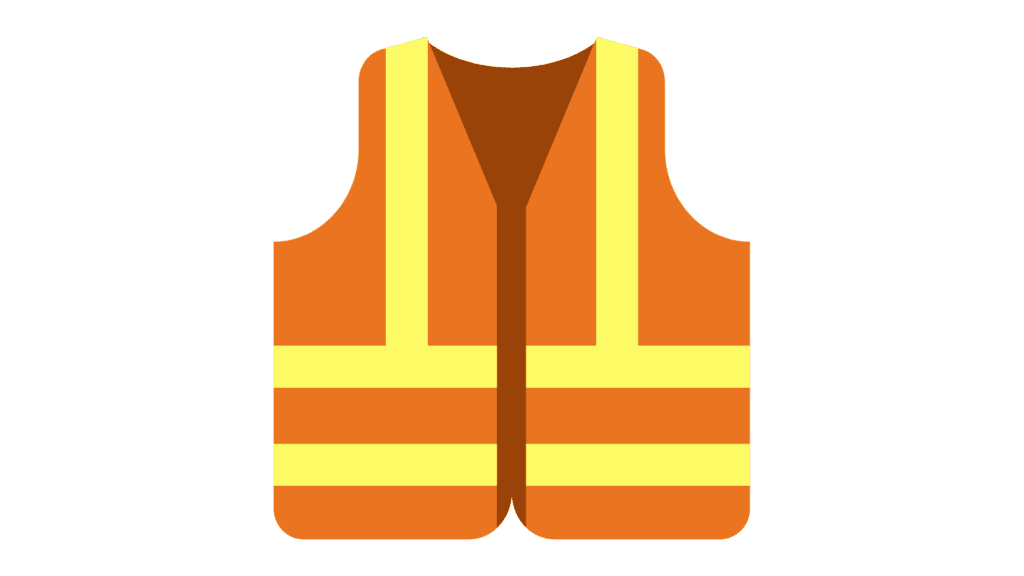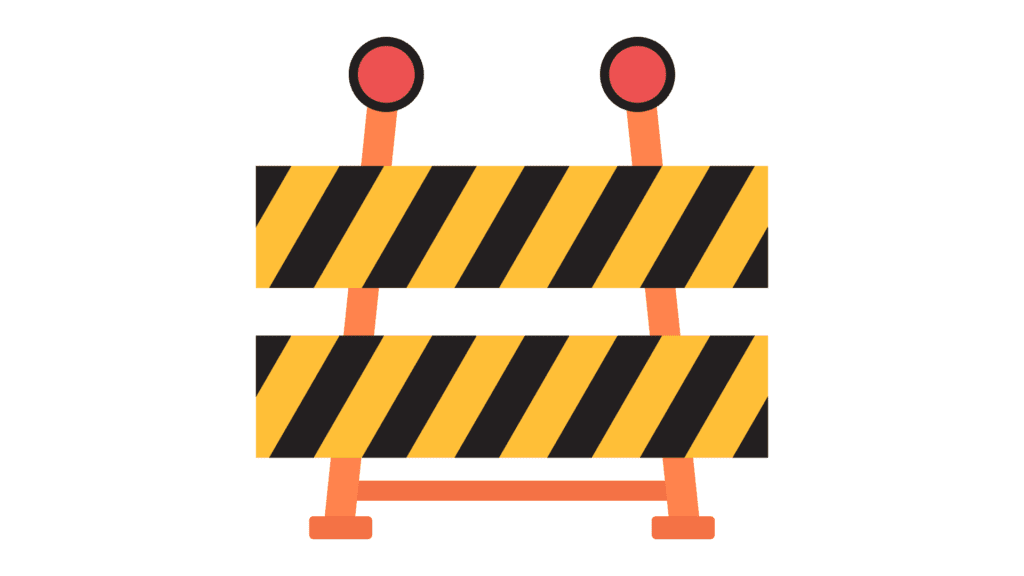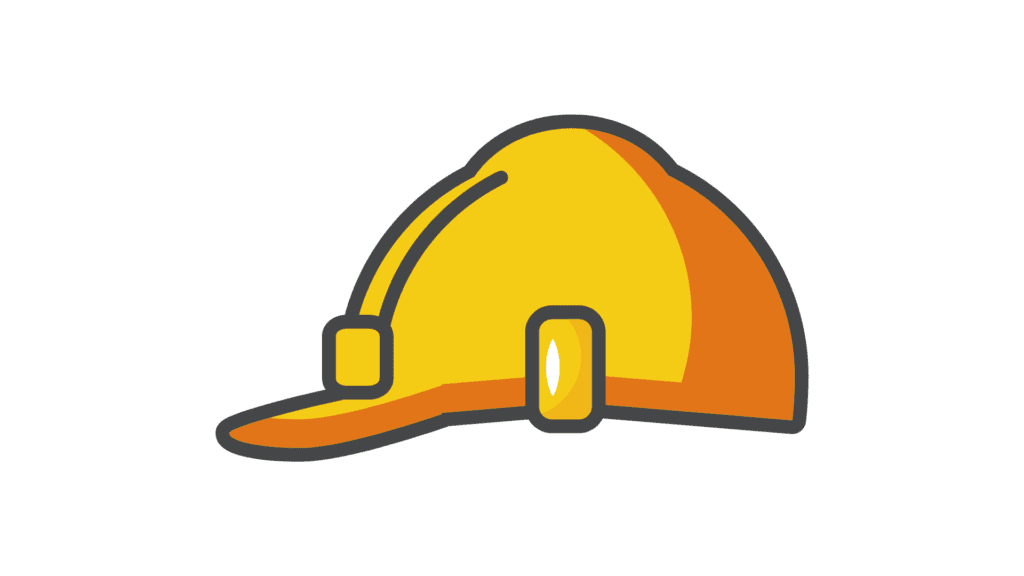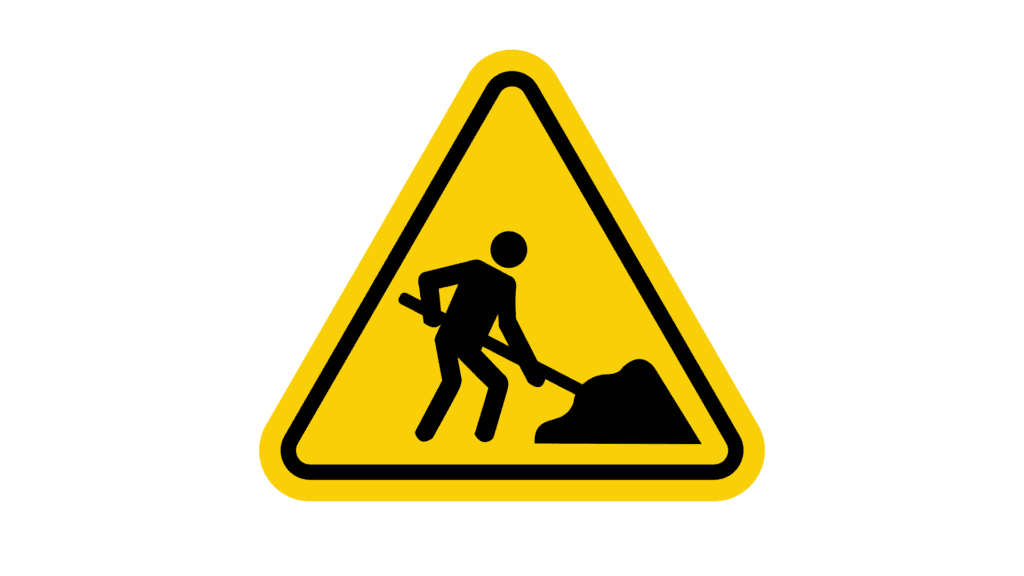Safety and health resources workers can use inside of their workplace

Ever walk into work and think, “Hmm, I wonder if that thing over there could kill me today?” 🤔
Probably not. Most of us don’t give workplace safety a second thought until something goes wrong. But considering we spend roughly a third of our adult lives at work, maybe we should pay a bit more attention to the resources that keep us from becoming a workplace safety statistic.
Whether you’re typing away in a cushy office or operating heavy machinery that could remove a limb faster than you can say “workers’ comp,” there are safety resources available to you. Let’s break down what they are and how to actually use them.
OSHA: The Safety Godfather You Should Know

If workplace safety were a movie, the Occupational Safety and Health Administration (OSHA) would be the main character. Created to ensure employers provide safe working conditions, OSHA sets and enforces standards that apply to virtually every workplace in America.
But OSHA isn’t just about slapping fines on companies with unsafe practices. They also provide a ton of resources for workers including:
- Handbooks and guides specific to your industry
- Training programs that teach you how to identify and address hazards
- Educational materials explaining your rights and your employer’s responsibilities
- Consultation services where experts can visit your workplace to identify potential hazards
OSHA’s website is basically the Wikipedia of workplace safety – if you have a question about whether something at work is safe, they probably have an answer.
Personal Protective Equipment (PPE): Your Body’s Bodyguard

Remember in science class when you had to wear those dorky safety goggles? Turns out, that was preparing you for the real world of Personal Protective Equipment (PPE).
Depending on your workplace, PPE might include:
- Hard hats to protect your brain (you know, that important thing that helps you remember your Netflix password)
- Safety goggles to keep your eyes functioning (scrolling TikTok is hard without them)
- Respiratory protection because breathing is kind of essential
- Hearing protection so you can still enjoy music when you’re 60
- Gloves, safety footwear, and protective clothing to keep all your body parts intact
According to Acuity International, PPE is especially crucial in manufacturing environments, where approximately 18,000 workers suffer amputations, lacerations, and crushing injuries each year. That’s a lot of people who probably wish they’d taken PPE more seriously. 😬
Safety Data Sheets (SDS): The Instruction Manuals for Dangerous Stuff
If you work with chemicals or hazardous materials, Safety Data Sheets are your new best friends. These documents tell you:
- What’s in that mysterious substance
- What happens if you accidentally get it on your skin/in your eyes/breathe it in
- How to handle it safely
- What to do in case of an emergency
Think of SDS as the “read the manual” of workplace safety – except in this case, not reading it could result in much worse consequences than just assembling your IKEA furniture wrong.
Emergency Response Resources: For When Things Go Sideways

Even in the safest workplaces, emergencies happen. That’s why every workplace should have:
- First aid kits stocked and accessible
- Automated External Defibrillators (AEDs) in case of cardiac emergencies
- Emergency eyewash stations and showers if you work with chemicals
- Fire extinguishers that are regularly inspected
- Emergency exit maps clearly posted
- Emergency contact information for reporting incidents
These resources aren’t just nice-to-haves – they’re often required by law. And more importantly, they can be the difference between a minor incident and a major tragedy.
Training Programs: Because Knowledge Is Power (and Safety)
Your employer should provide safety training programs specific to your job duties. These might include:
- General safety orientation for new employees
- Job-specific safety training for particular tasks or equipment
- Emergency procedure training including fire drills and evacuation plans
- Hazard communication training if you work with chemicals
- Ergonomics training to prevent those nagging repetitive stress injuries
According to Healthier Workplaces, these training programs should be ongoing and updated as new risks emerge – like when a global pandemic suddenly makes everyone experts in proper handwashing. 🧼
Safety Committees and Representatives: Your Workplace Safety Advocates
Many workplaces have safety committees or designated safety representatives who:
- Conduct regular safety inspections
- Investigate incidents and near-misses
- Recommend safety improvements
- Act as a liaison between workers and management on safety issues
These folks are basically the safety nerds of your workplace (and I mean that as a compliment). They’re the ones who notice that loose carpet before someone trips on it, or point out that the emergency exit is blocked by a stack of boxes.
Reporting Systems: Speaking Up Without Fear
Every workplace should have a clear system for reporting hazards, incidents, and near-misses. This might be:
- An online reporting form
- A physical dropbox for written reports
- A designated person to receive verbal reports
- An anonymous hotline for sensitive issues
The key is that workers should feel comfortable reporting safety concerns without fear of retaliation. After all, that wobbly shelf that almost fell on you today could seriously injure someone tomorrow if it’s not fixed.
Wellness Programs: Because Health Is More Than Just Not Getting Hurt
Modern workplaces are increasingly recognizing that worker wellbeing goes beyond just physical safety. Many now offer wellness resources such as:
- Mental health support including Employee Assistance Programs (EAPs)
- Stress management resources because burnout is real
- Ergonomic assessments to prevent those nagging aches and pains
- Health screenings and vaccinations to catch problems early
According to research published on PubMed, these integrated approaches to worker safety, health, and wellbeing have shown benefits including “reductions in pain and occupational injury and disability rates.”
For more information on how mental health specifically affects workplace wellbeing, check out our article on how sports improve mental health and internal barriers to seeking help for mental health.
The Bottom Line: Use These Resources!
Here’s the thing – all these safety resources only work if you actually use them. The best PPE in the world won’t help if it’s sitting in a storage closet while you’re doing dangerous work. The most comprehensive training program is useless if you’re scrolling through Instagram during the presentation.
Your employer has a legal obligation to provide a safe workplace, but safety is ultimately a shared responsibility. Know what resources are available to you, use them consistently, and speak up if something seems unsafe.
Because at the end of the day, the most important thing you bring to work is yourself – and the most important thing you should take home is yourself, with all parts functioning and intact. 💪
